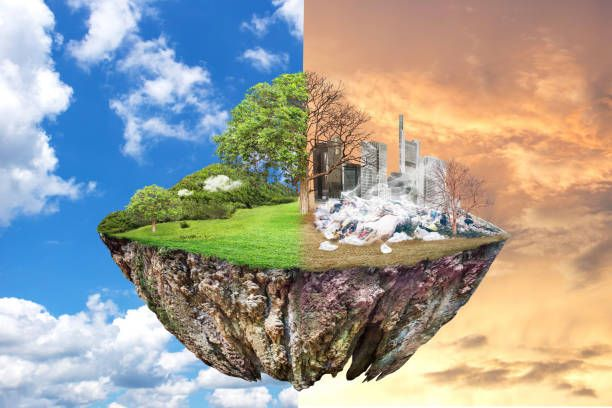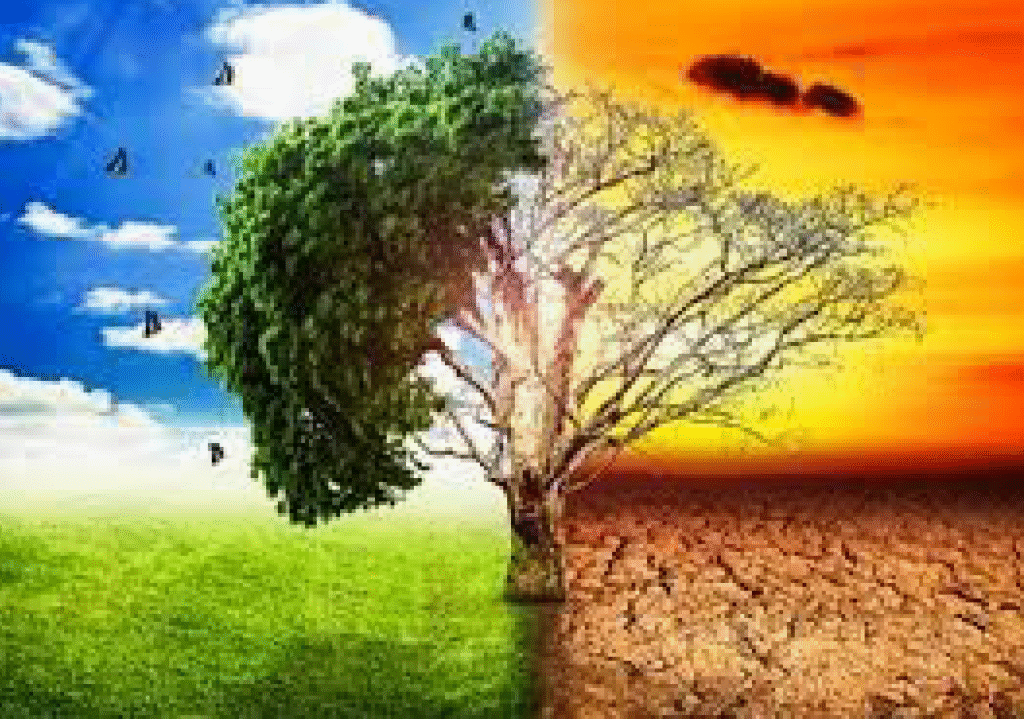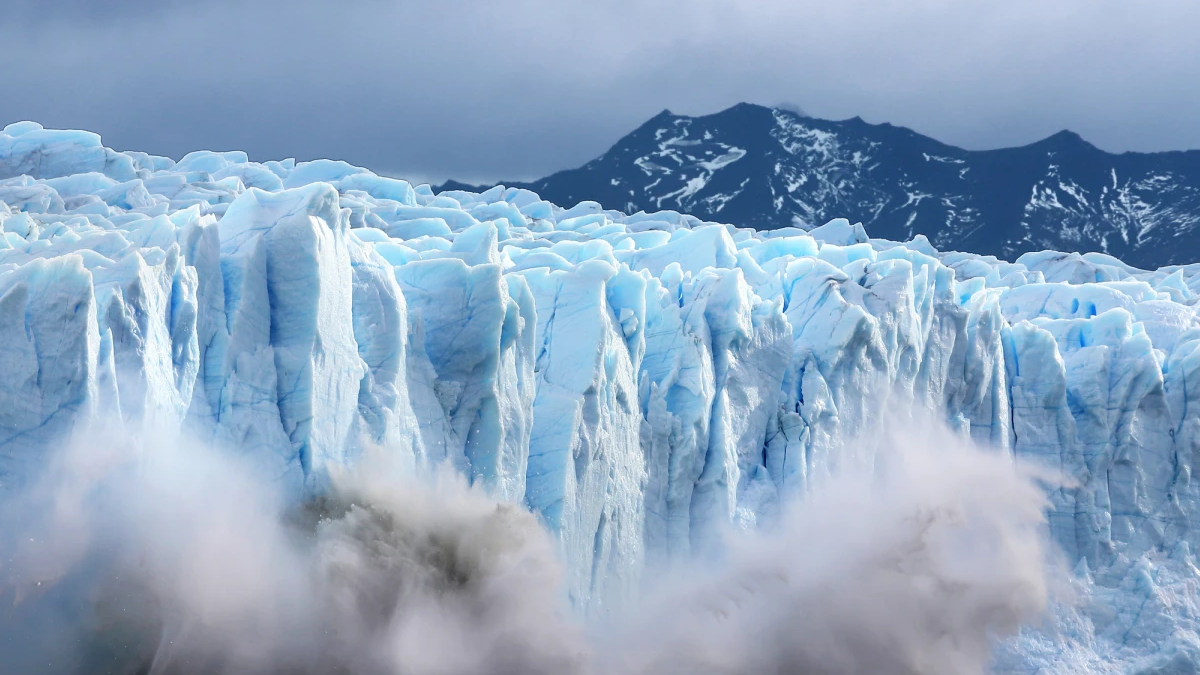Now Reading: Is Global Warming Making Your Rainfall Totally Unpredictable 2025?
-
01
Is Global Warming Making Your Rainfall Totally Unpredictable 2025?
Is Global Warming Making Your Rainfall Totally Unpredictable 2025?

Table of Contents
Global warming is changing the way rain falls across the planet. This shift in rainfall patterns is affecting millions of people, threatening food security, increasing floods, and causing water shortages in many areas. Experts say that climate change is not only making temperatures rise but also disrupting rainfall cycles that have existed for centuries.
Why is this happening?

The world’s climate is closely tied to how water moves through the air. When the planet warms due to greenhouse gases like carbon dioxide, the atmosphere can hold more moisture. Warmer air picks up more water from oceans, lakes, and rivers. As a result, storms can become stronger, dumping heavy rain in a short period of time. In other places, rain clouds may form less often, leading to long dry spells and severe droughts.
In simple words, global warming makes wet places wetter and dry places drier. This uneven distribution of rainfall creates new challenges for people, animals, and plants around the world.
Extreme rainfall events on the rise
One major effect of global warming is the increase in extreme rainfall events. Scientists have found that heavy rainstorms are becoming more frequent and more intense. For example, parts of Europe, Asia, and North America have seen dangerous floods caused by sudden downpours.
In 2021, Germany and Belgium faced devastating floods after record-breaking rain fell in just a few days. Hundreds of people died, and entire communities were washed away. Researchers linked this tragedy to climate change, which had made such rainfall more likely.
In India, too, monsoon rains have become increasingly unpredictable. Sometimes, the monsoon brings terrible floods, while in other years, it fails to deliver enough rain, hurting farmers who depend on it.
Longer droughts and water shortages
At the same time, many regions are seeing longer and harsher droughts. When rain patterns change, some places simply do not get enough water. Crops dry out, rivers shrink, and people struggle to find drinking water.
The Horn of Africa is one of the worst-affected areas. Countries like Somalia and Ethiopia have experienced repeated droughts, leaving millions hungry and thirsty. Because of climate change, rain in these areas is becoming more unreliable, making it even harder for families to survive.
In South America, too, countries like Chile are dealing with what scientists call a “mega-drought” lasting more than a decade. Reservoirs are drying up, and water supplies for cities and farms are running dangerously low.
Impact on farming and food security
Changes in rainfall patterns are putting huge pressure on farmers around the world. Crops like rice, wheat, and maize need a steady amount of rain to grow well. If there is too much rain at once, fields can flood, destroying plants. If there is too little rain, crops cannot grow at all.
This means that global warming threatens to create food shortages and higher prices. Poor communities are the hardest hit because they have fewer resources to adapt to these changes. According to the United Nations, climate change could push millions more people into hunger if action is not taken soon.
Can we predict rainfall in a warming world?
Scientists are working hard to improve rainfall forecasting. New climate models try to predict where rain might fall more or less often as the planet heats up. But there are still many uncertainties. Rainfall depends on complex interactions between oceans, winds, mountains, and forests, making it difficult to predict exactly how things will change.
Still, one thing is clear: if greenhouse gas emissions continue to rise, rainfall patterns will keep becoming more extreme and more unpredictable.
What can be done?

Experts agree that the world needs to act fast. Here are some important steps:
- Cut greenhouse gas emissions: The biggest solution is to slow global warming by reducing fossil fuel use. This means using more renewable energy like solar and wind.
- Build better infrastructure: Cities can create better drainage systems to handle floods, while farmers can use new irrigation technologies to survive droughts.
- Protect natural systems: Healthy forests and wetlands help control water cycles and reduce flood risks.
- Early warning systems: Better weather forecasts and emergency alerts can help people prepare for extreme rainfall or droughts.
If the world takes these actions together, it is possible to reduce the worst impacts of changing rainfall patterns.
The road ahead
Global warming is a threat not only to temperature but also to the basic patterns of rain and water that all life depends on. From stronger floods to longer droughts, the consequences are already here, and they are growing.
People, governments, and businesses must act now to slow down climate change and build resilience. Rain is life — and if rainfall becomes more extreme, the risks to health, food, and safety will only grow.
By understanding these changes and preparing for them, communities can protect themselves. But time is running short. Every degree of warming avoided can help keep rainfall patterns more stable and save lives around the world.
Read More:- Shobha Realty Launches Its Most Luxurious Project Yet—Full Details Inside 2025






















